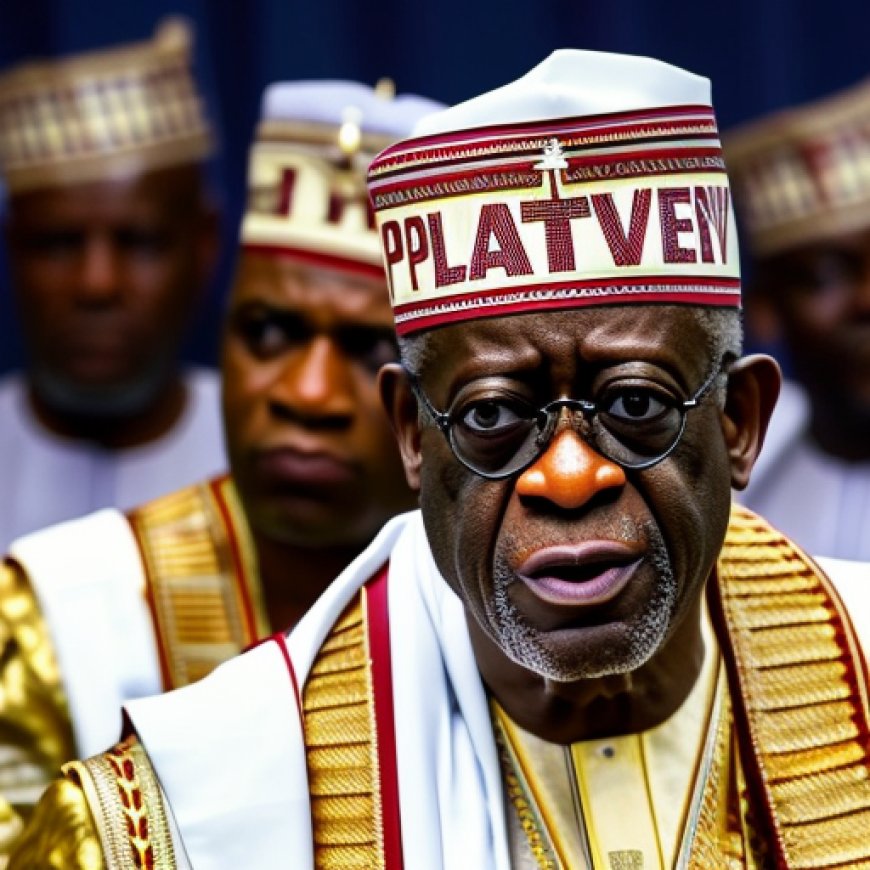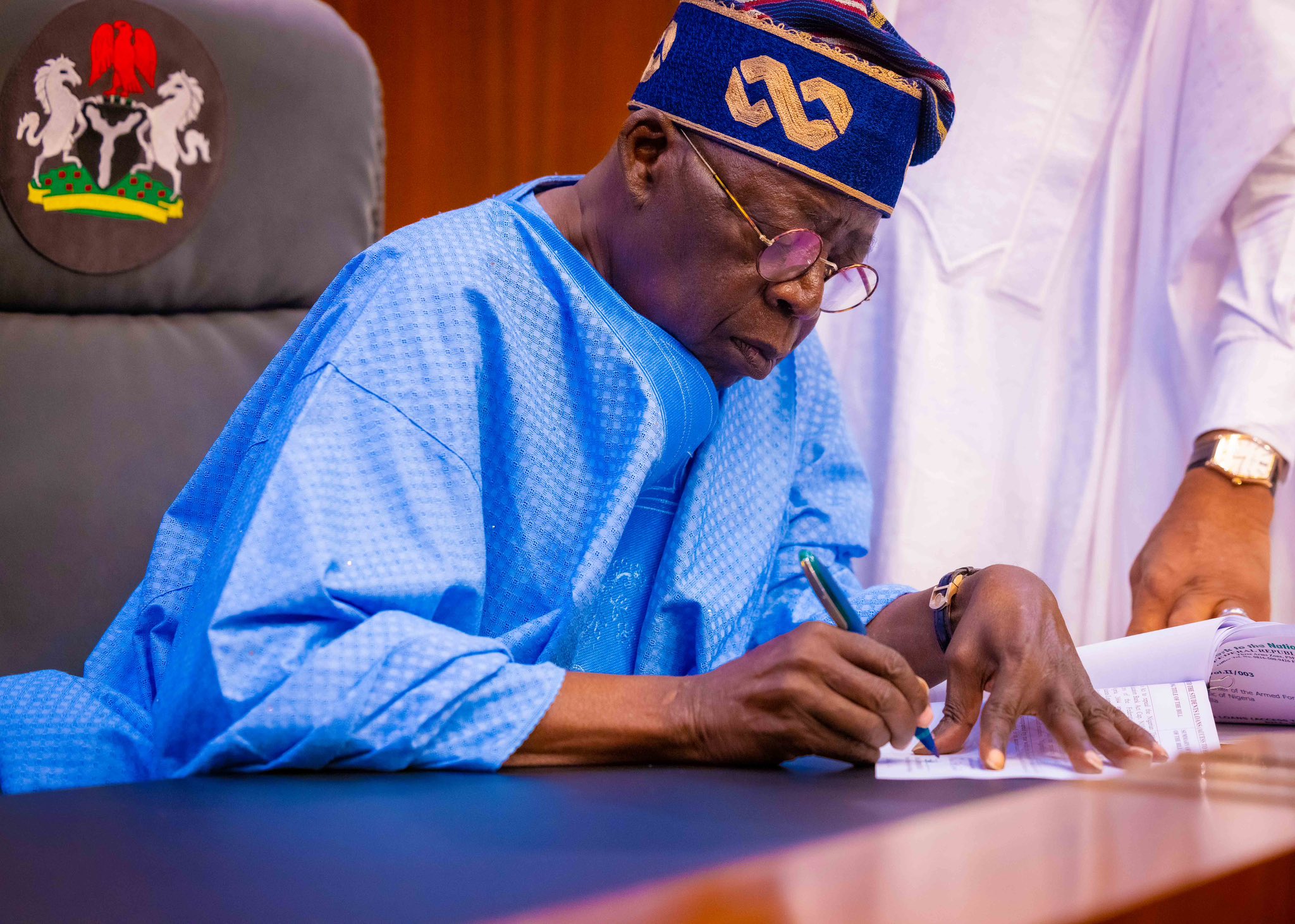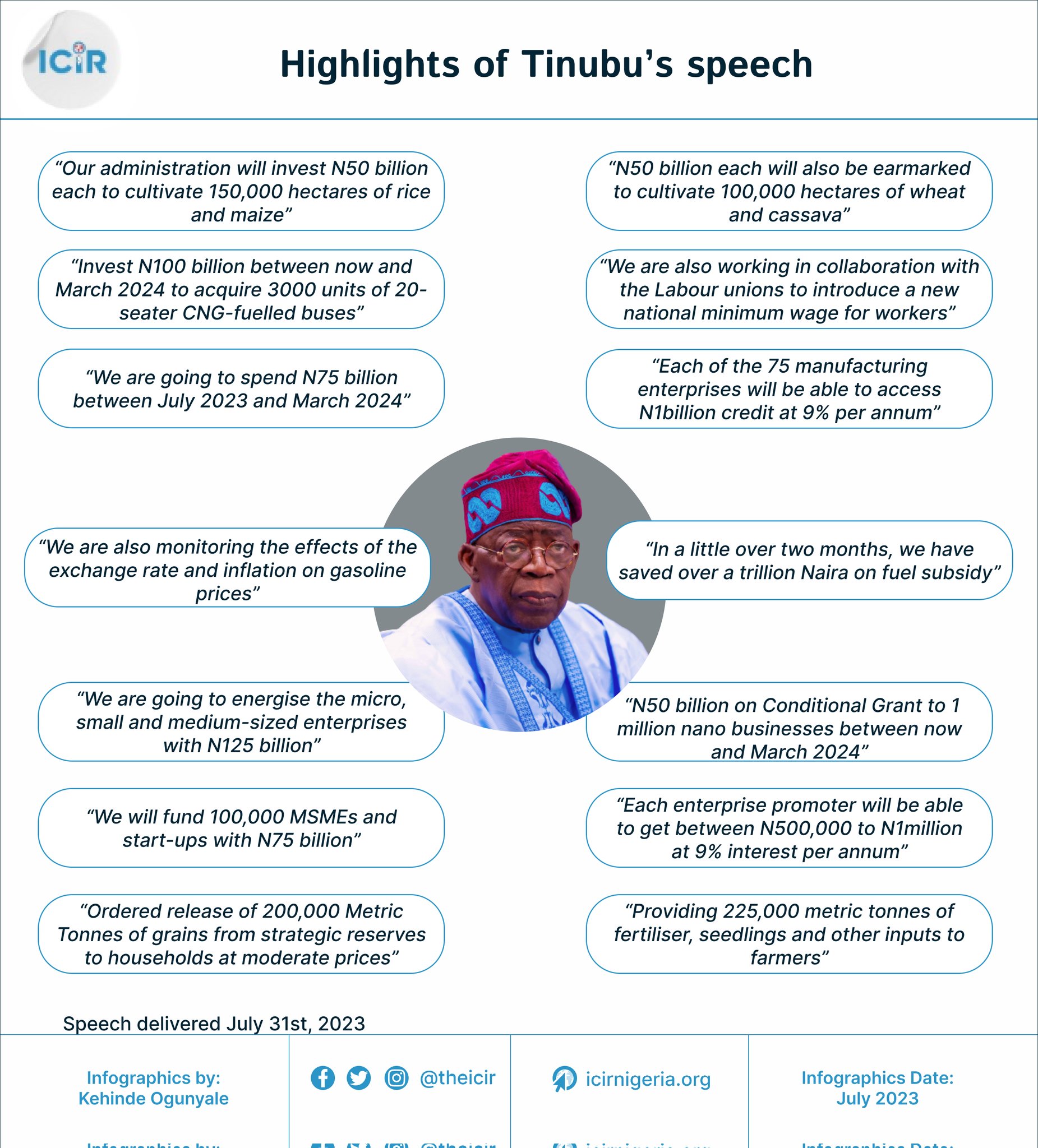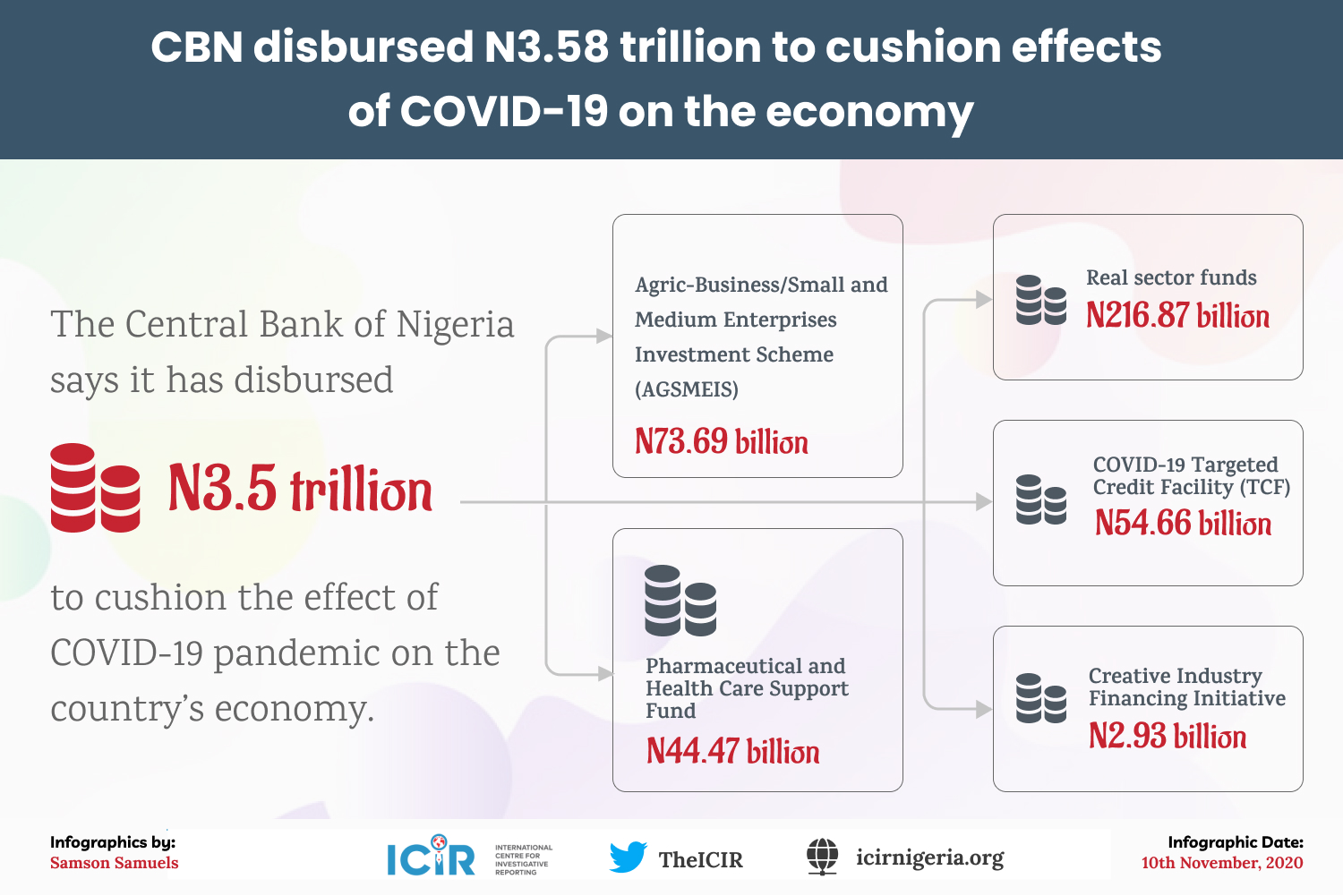Palliatives: What will Tinubu learn from SURE-P, Conditional Cash Transfer? | The ICIR- Latest News, Politics, Governance, Elections, Investigation, Factcheck, Covid-19
Palliatives: What will Tinubu learn from SURE-P, Conditional Cash ... ICIR


The Fuel Subsidy Removal and the Need for Sustainable Development Goals (SDGs)
WHEN President Bola Tinubu announced the fuel subsidy removal in his inaugural speech on May 29, it came with mixed feelings and some uncertainties.
Days after, Nigerians started witnessing a new dimension of hardship with an increased cost of living—the rise in the cost of food and fuel price, leading to public agitation.
It was clear to the new administration that the pains were overwhelmingly unbearable.
The Nigeria Labour Congress (NLC) and relevant stakeholders kicked. And prominent among public concerns was why the Federal Government would initiate such a policy without the needed shock absorbers – reliefs.
Tinubu would later promise a palliative measure which many described as setting the cart before the horse.
The Palliative
In no time, on July 13, the President wrote to the Senate seeking approval for the $800 million palliative loan from the World Bank. He described the plan as “shock-responsive safety net supports for all and vulnerable Nigerians and the cost of meeting basic needs.”

Tinubu explained, “under the conditional cash transfer window of the programme, the federal government of Nigeria will transfer the sum of 8,000 a month to 12 million poor and low-income households for a period of six months with a multiplying effect on about 60 million individuals.”
The plan to disburse N8,000 to 12 million poor households still met stiff condemnation. Most Nigerians kicked against the plan. They considered it irrational considering the rising inflation put at about 22.79 per cent, low purchasing power and the increasing cost of transportation, which will render the sum worthless.
The average transport fare within major cities has increased by 97.88 per cent. This is based on the Transport Fare Watch data uploaded by the National Bureau of Statistics (NBS) Saturday, August 12, 2023. An average cost of a kilogram of beef stood at N2,653.02, indicating a growth of 27.55 per cent.
The ICIR even examined the feasibility of the federal government’s proposed intervention. Findings showed a typical Nigerian household has about five persons in a family. The family size is much higher in rural areas, with 5.42 individuals, according to the NBS, and 4.50 in urban areas.
In fact, the NBS survey on Nigeria Living Standards (2020) pegged Jigawa state as having the highest family size of 8.15 persons. And this implies such a family, for instance, would rely on N8,000 for a month to cushion the effect of the economic reforms if they emerged as beneficiaries.
Following public outcry in some quarters, the president withdrew the palliative for review, after which it was announced that each state, including the FCT, will get N5 billion as palliative.
The Past Experience
In the past, when the federal government implemented similar palliative projects, accountability and transparency in the distribution were a major public concern. And to a large extent, it did not work as it should. Politicians influenced who got what.

The scandalous hoarding of COVID-19 palliatives during the pandemic is still fresh in the mind of many and has remained a cause of distrust among most Nigerians.
The Subsidy Reinvestment Empowerment Programme (SURE-P) under former president Goodluck Jonathan’s administration is often considered as slush funds where government resources got looted in the name of palliatives to the masses. Few eyebrows were raised on the Conditional Cash Transfer (CCT) of the immediate past administration through the controversial.

The SURE-P Experience
Chaired by Martin Luther Agwai, a retired general, the SURE-P initiative commenced in 2012. The idea was to reinvest savings from the nation’s fuel subsidy removal for social safety nets and public infrastructure. The entire initiative was to benefit the people directly.
But the pioneer chairman, Christopher Kolade, was the first to raise credibility concerns on the fuel subsidy palliative. He accused officials of the Jonathan administration of undermining the initiative and being overwhelmed by certain forces within the former President’s administration. Kolade later resigned, and the project went south.
“We started by saying we would offer employment to 5000 youths from every state. Of course, if you are sitting in Abuja, and you want to identify 5000 youths in all the states, it is difficult unless you involve people who are on the spot.
“Now, it was the feeling of our committee, led by me, that we needed politically neutral people to identify people in the states. In other words, get civil servants to go in there and say, according to the criteria you’ve agreed, these are the 5000 youths from this state. But we were told that would not be acceptable.
“So something was set up called State Implementation Committees
SDGs, Targets, and Indicators
1. Which SDGs are addressed or connected to the issues highlighted in the article?
- SDG 1: No Poverty
- SDG 2: Zero Hunger
- SDG 10: Reduced Inequalities
- SDG 16: Peace, Justice, and Strong Institutions
2. What specific targets under those SDGs can be identified based on the article’s content?
- Target 1.3: Implement nationally appropriate social protection systems and measures for all, including floors, and by 2030 achieve substantial coverage of the poor and the vulnerable.
- Target 2.1: By 2030, end hunger and ensure access by all people, in particular the poor and people in vulnerable situations, including infants, to safe, nutritious and sufficient food all year round.
- Target 10.4: Adopt policies, especially fiscal, wage and social protection policies, and progressively achieve greater equality.
- Target 16.5: Substantially reduce corruption and bribery in all their forms.
3. Are there any indicators mentioned or implied in the article that can be used to measure progress towards the identified targets?
- Indicator 1.3.1: Proportion of population covered by social protection floors/systems, by sex, distinguishing children, unemployed persons, older persons, persons with disabilities, pregnant women, newborns, work-injury victims and the poor and vulnerable.
- Indicator 2.1.1: Prevalence of undernourishment (PoU) in the population, based on the Food and Agriculture Organization (FAO) methodology.
- Indicator 10.4.1: Labour share of GDP, comprising wages and social protection transfers.
- Indicator 16.5.1: Proportion of persons who had at least one contact with a public official and who paid a bribe to a public official, or were asked for a bribe by those public officials, during the previous 12 months.
Table: SDGs, Targets, and Indicators
| SDGs | Targets | Indicators |
|---|---|---|
| SDG 1: No Poverty | Target 1.3: Implement nationally appropriate social protection systems and measures for all, including floors, and by 2030 achieve substantial coverage of the poor and the vulnerable. | Indicator 1.3.1: Proportion of population covered by social protection floors/systems, by sex, distinguishing children, unemployed persons, older persons, persons with disabilities, pregnant women, newborns, work-injury victims and the poor and vulnerable. |
| SDG 2: Zero Hunger | Target 2.1: By 2030, end hunger and ensure access by all people, in particular the poor and people in vulnerable situations, including infants, to safe, nutritious and sufficient food all year round. | Indicator 2.1.1: Prevalence of undernourishment (PoU) in the population, based on the Food and Agriculture Organization (FAO) methodology. |
| SDG 10: Reduced Inequalities | Target 10.4: Adopt policies, especially fiscal, wage and social protection policies, and progressively achieve greater equality. | Indicator 10.4.1: Labour share of GDP, comprising wages and social protection transfers. |
| SDG 16: Peace, Justice, and Strong Institutions | Target 16.5: Substantially reduce corruption and bribery in all their forms. | Indicator 16.5.1: Proportion of persons who had at least one contact with a public official and who paid a bribe to a public official, or were asked for a bribe by those public officials, during the previous 12 months. |
Note: The indicators listed in the table are examples and may not cover all possible indicators related to the targets.
Behold! This splendid article springs forth from the wellspring of knowledge, shaped by a wondrous proprietary AI technology that delved into a vast ocean of data, illuminating the path towards the Sustainable Development Goals. Remember that all rights are reserved by SDG Investors LLC, empowering us to champion progress together.
Source: icirnigeria.org

Join us, as fellow seekers of change, on a transformative journey at https://sdgtalks.ai/welcome, where you can become a member and actively contribute to shaping a brighter future.







